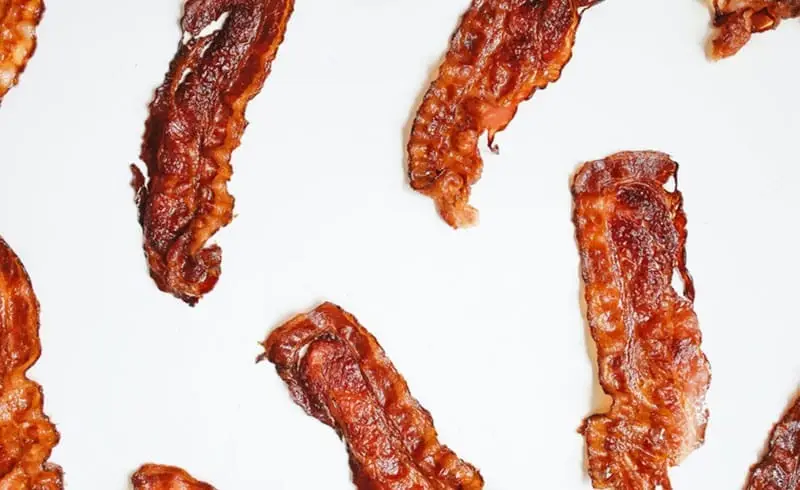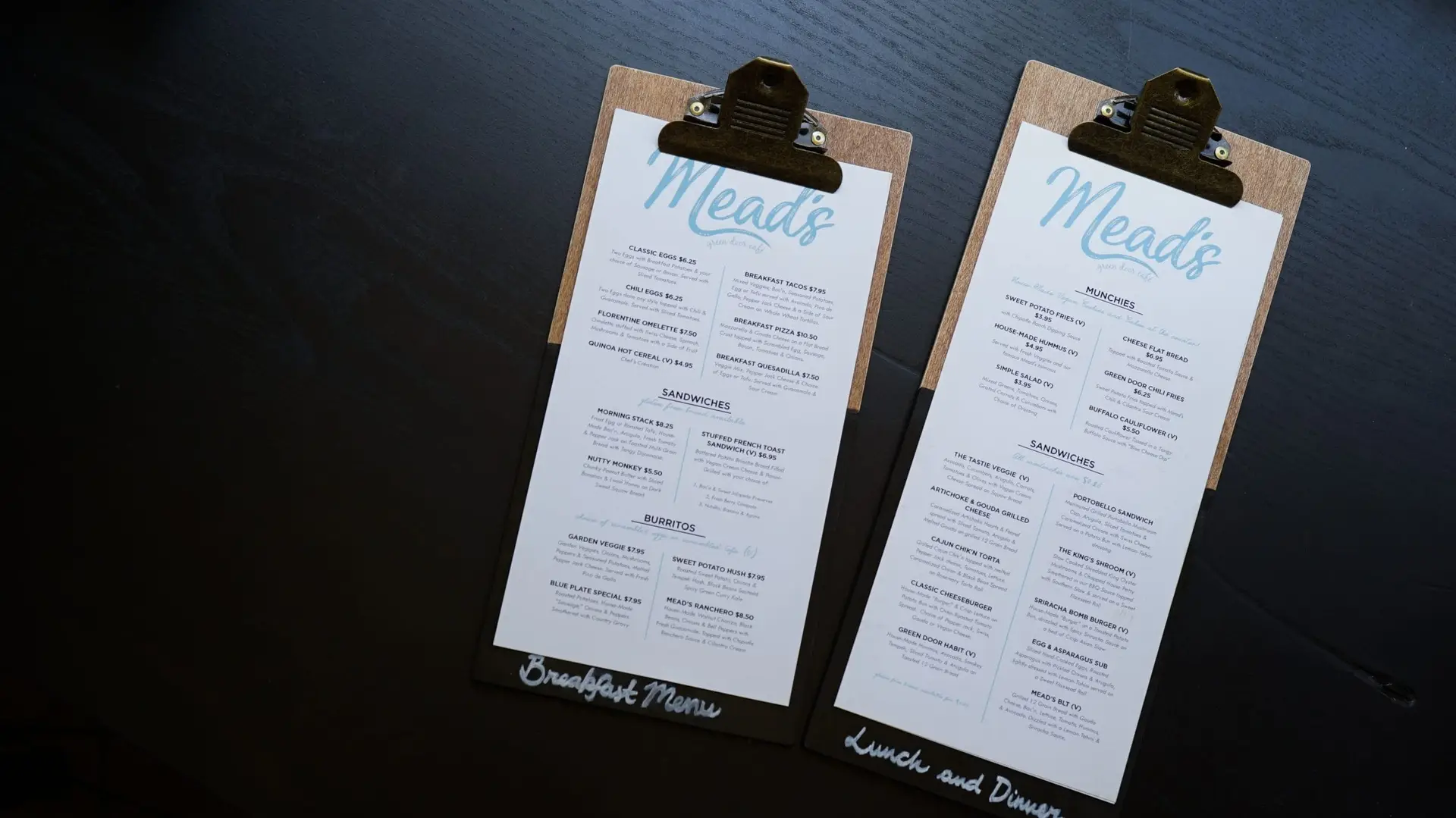Editor’s Note: This post was originally published in February 2017 and has been revamped and updated for accuracy and comprehensiveness.
It’s no secret that the restaurant business is tough, even in the best of times. Really tough. Even before the COVID-19 shutdowns, industry analysts estimate the failure rate for new restaurants in the first year was somewhere around 60%, with another 20% shuttering the doors before the 5-year mark. That’s only gotten worse during the pandemic, with hospitality being one of the industries hardest hit by shutdowns and restrictions. However, as bleak as that reality may seem, the restaurant industry is still viable, and there are things you as an owner can do to help increase restaurant profits and make sure you stay in the 40% that do well.
Understanding Profits: Gross vs. Net
When discussing how to increase restaurant profits, it’s important to distinguish between gross profit and net profit. Gross profit for a restaurant is defined as the price of the item minus the cost of goods sold, i.e., food cost. For example, if your signature lasagna dish sells for $20 and the ingredients to make it cost $7, your gross profit on that item is $13, and your profit margin is 65% (13 divided by 20). Industry norms and best practices suggest that food costs should run somewhere around 30%, which means that if your total sales for the month are $100,000, you should be spending roughly $30,000 with your foodservice vendor. Food costs that run higher than that can often be an indicator of excessive waste or theft (often referred to as shrinkage), so it’s essential to know your gross profit margin.
Net profit is the amount left over after ALL operating expenses are deducted, not just food costs. That includes expenses such as labor, food cost, rent, utilities, equipment repairs or leases, insurance, etc. Because it consists of a much more expansive list of expenses than gross profit, net profit will necessarily be a much smaller number. Typical net profit margins have shrunk in recent years but typically hover around 3-5%.
It’s critical to stay on top of your books and know exactly what your margins to increase restaurant profits because if you’re playing catch-up bookkeeping, you’re flying blind. Generally, when discussing how to increase restaurant profits, most people mean net profit because it’s the one that keeps the lights on for your business. With that in mind, there are two ways to boost your bottom line – you can increase sales or lower expenses. So let’s look first at ways to boost your sales numbers and increase your average ticket price or cover the average.
Review Your Menu Pricing
As we noted above, your food cost should be around 30% of your menu price, so you’ll need to calculate the plate cost of each menu item to help increase restaurant profits. To do this, first, make a list of each ingredient required to prepare the dish. Next, choose which unit of measure your foodservice vendor uses for the items (e.g., do you buy it by the pound, gallon, dozen, etc.) and identify your unit cost from your vendor. There may or may not be a yield percentage for the item, which would be waste from trimming or peeling the item before use. For example, certain cuts of meat may require trimming away fat or gristle, which reduces its useful yield. These can usually be found in standardized yield charts available from many vendors.
Finally, do a similar calculation for the way you prepare the dish:
1. Select the correct serving unit, which is usually as simple as the unit of measure that your recipe calls for.
2. Calculate the serving unit cost by dividing the cost per measure by the number of serving units per measure. The cost per measure for items with no yield is the unit purchase price, and for items with a yield, the unit purchase price is divided by the yield percentage. For example, if you buy ground beef for $4 per pound and your serving unit is ounces, the serving unit cost would be $0.25 per ounce ($4 divided by 16 ounces to the pound).
3. Select your portion size, which is the quantity called for by the recipe.
A simple plate cost for a hamburger and fries might look like this, assuming four potatoes to the pound and six slices per tomato:
| Ingredient | Purchase Unit | Purchase Unit Cost | Yield | Actual Unit Cost | Serving Unit | Serving Unit Cost | Portion Size | Portion Cost |
| Ground Beef | Pound | $4.00 | N/A | $4.00 | Ounce | $0.25 | 5 | $1.25 |
| Bun | Dozen | $6.00 | N/A | $6.00 | Each | $0.50 | 1 | $0.50 |
| Tomato | Pound | $1.89 | N/A | $1.89 | Slice | $0.31 | 2 | $0.62 |
| Mustard | Gallon | $13.00 | N/A | $13.00 | Ounce | $0.81 | 1 | $0.81 |
| Potato | Pound | $2.00 | .81 | $2.46 | Each | $0.62 | 1 | $0.62 |
| $3.80 |
So we can see that the plate cost for this hamburger and fries meal is $3.80. Sticking to the rule of 30% food cost, the menu price of this item should be $12.50. If it’s less than that, it’s probably eating into your bottom line.
Identify Your Menu Hits and Misses
Now that you know your plate cost for each item on your menu, it’s time to compare those to some sales reports from your point-of-sale (POS) system to see where your profit is coming from. Create a spreadsheet with four categories and label them “HIGH PROFIT/HIGH SALES,” “HIGH PROFIT/LOW SALES,” “LOW PROFIT/HIGH SALES,” and “LOW PROFIT/LOW SALES.” Then, put each item on your menu into one of those categories to see where each item falls. Dishes that fall into the “LOW PROFIT/LOW SALES” category are candidates for removal in favor of more profitable offerings. Also, consider running daily specials that combine high-profit, low-sale items with big sellers to help move those lower selling items to get that incremental revenue.
Up-Sell and Cross-Sell Effectively
It’s impossible to overstate the importance of staff training in proper selling techniques to increase restaurant profits. Train your service staff to offer customers an appetizer or cocktail before starting their meal, and train them to make quality recommendations. If you are a full-service restaurant and serve alcohol, educate your staff about wine types and selections that you carry. Distributors will often send a representative to do this training for you at no cost. Armed with that knowledge, the staff then knows that the new full-bodied cabernet that just came in yesterday goes wonderfully with a steak dinner and can offer that to a customer considering the steak. The result is a happier customer with a higher ticket who will tell his or her friends about your knowledgeable staff. Run contests to reward the servers with the highest average ticket for the week to encourage up-selling.
In addition to some general restaurant bookkeeping tips, let’s look at some specific ways to manage your operating expenses and keep your bottom line healthy.
Watch Your Invoices Closely
Food prices constantly fluctuate due to various factors, with some items varying wildly. It’s important to know exactly the current price of a pound of shrimp. If that price begins to rise due to an oil spill, hurricane, or another event that causes a shortage, it might be prudent to take the shrimp cocktail off the appetizer menu for a little while if the price gets too high. Also, some food service vendors will try to get your business by initially offering you low prices that they can’t sustain with the intention of creeping the prices up slowly in the hope that you won’t notice. This practice is called “speeding.” Be sure to regularly compare pricing from different vendors to ensure that you’re getting the best price when your food truck comes in.
Manage Your Labor
Along with food cost, labor is the other big variable expense that operators can control to increase restaurant profits. Labor is often a very fine line to walk. Too much labor during slow times is an unnecessary expense and may dilute tips among servers and affect their morale, while too little staffing can result in poor customer service and quickly land your business in Yelp hell. Many modern point-of-sale (POS) systems include advanced scheduling that uses sales history to predict how many servers you will need at any given time. Many POS systems can even suggest your best-selling servers on your busiest shifts for you. If you have such a system, take advantage of these features to keep your staffing lean and mean. If you don’t, it might be cost-effective to consider upgrading.
Stick to Multi-Purpose Ingredients
When planning out your menu, try to avoid items that require ingredients that aren’t used in any other dish. For example, if nothing else on your menu uses shrimp, you should probably avoid putting the shrimp cocktail on your appetizer menu because shrimp is expensive and has a short shelf life. But if your menu includes a grilled chicken salad and lemon pepper chicken, the chicken quesadilla pinwheels might be a better appetizer for you. By sticking to ingredients that are used in multiple dishes, you can cut down food costs and waste significantly.
Take Regular Inventory
Taking regular inventory is one of your best tools to detect waste and theft, so set a schedule to take a detailed inventory regularly. Compare it to your sales report to see if the sell-through rate matches what you expected from your sales report. That way, you know which items are moving and which are sitting on the shelf too long, and whether you might have some product walking out the back door at night. Have it conducted by at least two people to ensure that it’s done accurately and honestly.
Get a Handle on Your Bookkeeping
Good bookkeeping for restaurants is essential, and as a restaurant owner, you probably don’t have the time to be doing your books. Your focus needs to be on doing what really matters – growing your business and improving your bottom line. That’s where a partner like xendoo can help by offering a full suite of business bookkeeping products and services to help you know where every dollar is going. Outsourcing is more affordable than you might think, and it can pay for itself very quickly. Economists call it “opportunity cost.” It’s the hidden cost of foregoing one opportunity in favor of another because you don’t have time to do both. Yes, assuming you have the knowledge, you might save a few dollars in accounting fees by doing it yourself, but how much will your business operations suffer because you’re spending all your time on that?
[av_sidebar widget_area=’Blog Post Disclaimer’ av_uid=’av-om2w’]












